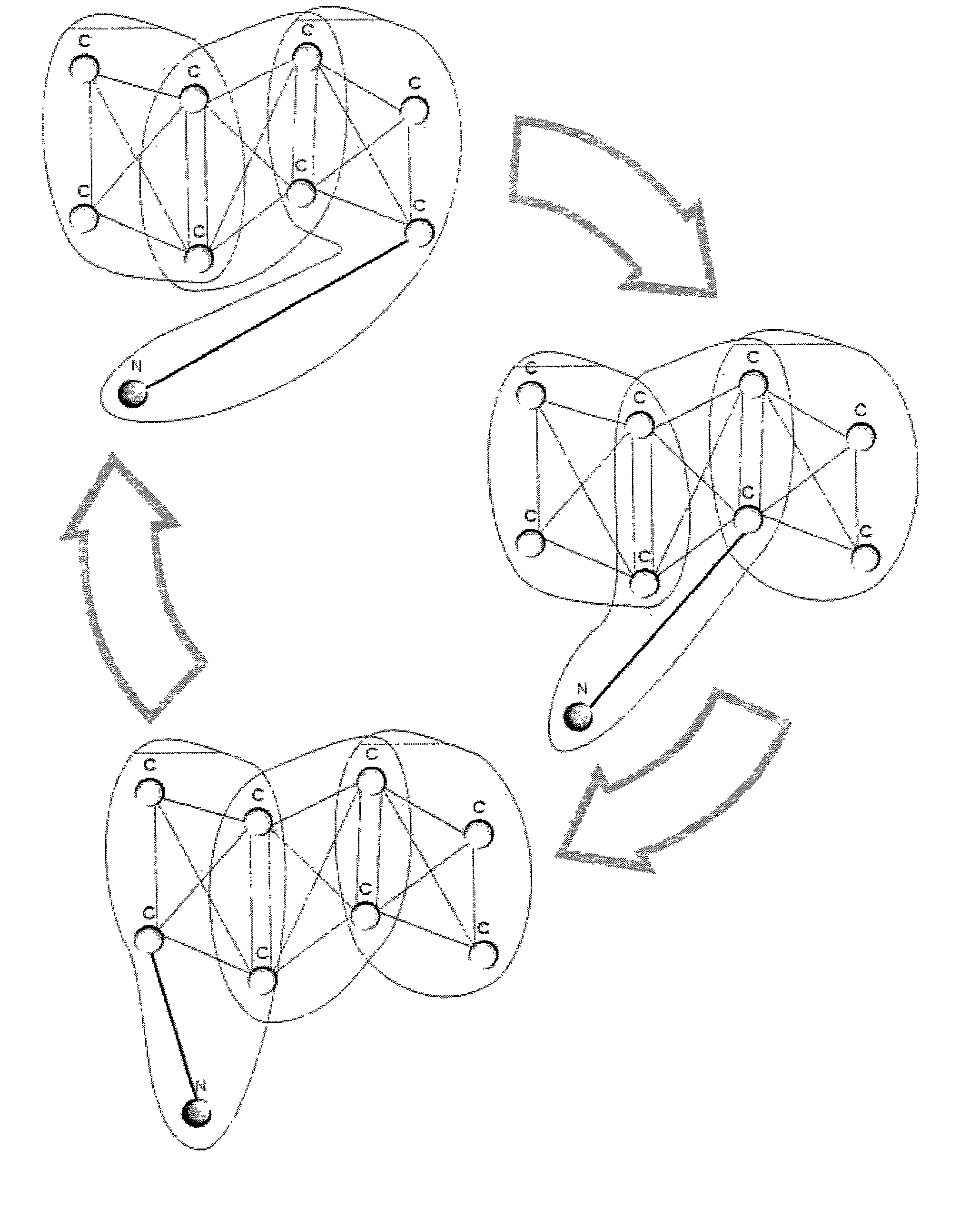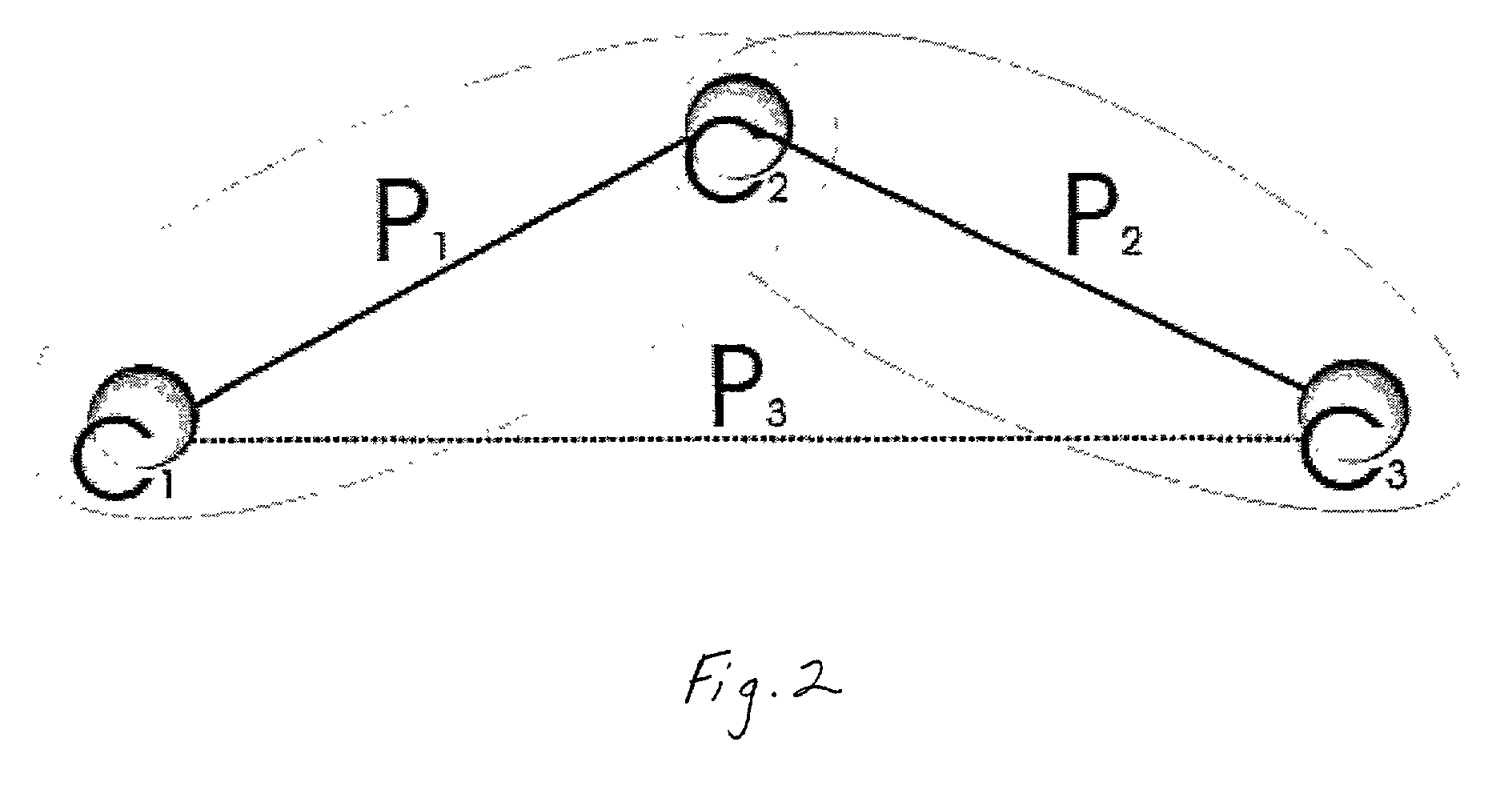Distributed network data storage system and method
a data storage system and network technology, applied in the field of distributed data storage, can solve the problems of data storage in a computer network, content errors, data storage files themselves, and being situated on only one server, and achieve optimal network loading, optimal response time, and highest transmission speed
- Summary
- Abstract
- Description
- Claims
- Application Information
AI Technical Summary
Benefits of technology
Problems solved by technology
Method used
Image
Examples
Embodiment Construction
[0039]The use of the term “peer-to-peer network”, means that the World Wide Web (Internet) is involved in this invention. Specifically, all the servers supporting the WWW-type services have the name that can be written with the help of a URL system (Uniform Resource Locator). Actually, the URL is the address in the peer-to-peer server network. The client that works with the service using the URL usually connects with one separated server and receives all the data from the separated server. The uniformity of name space is guaranteed because the client's access via URL doesn't depend on the client and is unique for each resource.
[0040]The storage operates on file level, i.e., the information storage unit the client works with is a file. To provide fault-tolerance, it is suggested that any file to be stored should be divided into pieces in a way that makes it possible to restore the file from the pieces. The number of pieces can be more than necessary for the restoration of one file. A...
PUM
 Login to View More
Login to View More Abstract
Description
Claims
Application Information
 Login to View More
Login to View More - R&D
- Intellectual Property
- Life Sciences
- Materials
- Tech Scout
- Unparalleled Data Quality
- Higher Quality Content
- 60% Fewer Hallucinations
Browse by: Latest US Patents, China's latest patents, Technical Efficacy Thesaurus, Application Domain, Technology Topic, Popular Technical Reports.
© 2025 PatSnap. All rights reserved.Legal|Privacy policy|Modern Slavery Act Transparency Statement|Sitemap|About US| Contact US: help@patsnap.com



